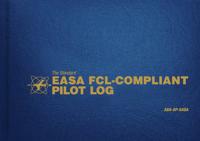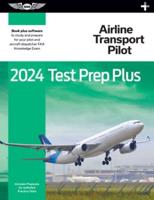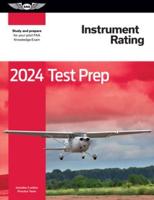Publisher's Synopsis
The National Aeronautics and Space Administration (NASA) is investigating alternative approaches, technologies, and communication network architectures to facilitate building the Spaceports and Ranges of the future. These investigations support the Crew Exploration Vehicle (CEV) and other associated craft presently under development or under consideration in Government, academic, and private sectors. These investigations also provide a national centralized R&D forum for next-generation Spaceport and Range technology development. Together, these sectors all share the common goal of changing the historic risk/reward equation for access to space, with the intent to: Dramatically reduce launch cost, Greatly improve launch system reliability, Significantly reduce crew risk. Emerging Communication Technologies is a multi-year task investigating new communication technologies with likely high utility and application for future ranges and spaceports. In year one, the project was called Range Information Systems Management (RISM). This project investigated US ranges and documented their missions, capabilities, and infrastructures. A part of this investigation was the history of communication and the identification of certain technologies which might offer improved range capabilities in the near future. Three emerging technologies were identified: Free Space Optics (FSO), Ultra Wide Band (UWB), and Wireless Ethernet (Wi-Fi). All three of these technologies address the first mile / last mile communication solution. In year two, specific examples of FSO, UWB and Wi-Fi were purchased and evaluated for range application. The FSO hardware was an AirFiber 5800 optical transceiver. This unit includes an auto-tracking feature that keeps the two units in optical alignment during small movements that normally occur to support structures due to solar heating, winds and vibration. The units were tested over various distances and through various weather conditions.The primary objective for the Emerging Communication Technology (ECT) task is to lead the development of a Space Based Range Distributed Subsystem (SBRDS) network providing the concurrent features and growth capabilities necessary for future Spaceports and Ranges to interconnect Range assets, Range operations, and Range users during launch and recovery events, while focusing primarily on the First Mile/Last Mile wireless communication extensions to existing, fixed communication infrastructures.









